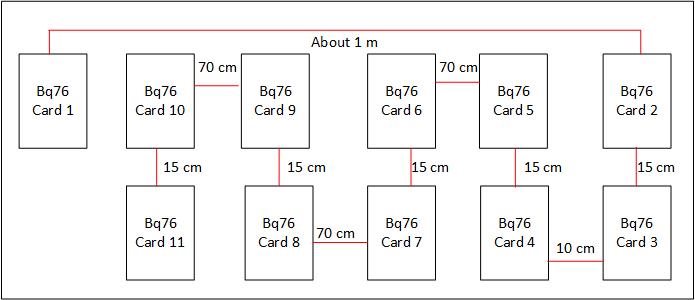Hi, in our battery stack with 176 cells in series, we use one bms card based on bq76pl455 to read 16 cell voltages. Daisy chain communication is used between the devices. But when using auto addressing, some of the cards cannot take address. so we cannot communicate with them. When we measured the daisy chain communication channel with passive probe, we saw the following result. The cable capacitance seems high I think, but we cannot find a solution to this problem yet. Do you have a better document about the daisy chain comm design? Could you give us some suggestions to solve this issue.
Thank you




